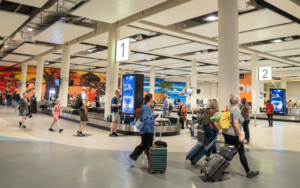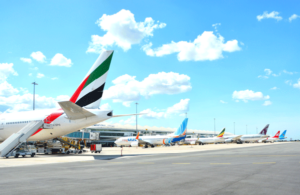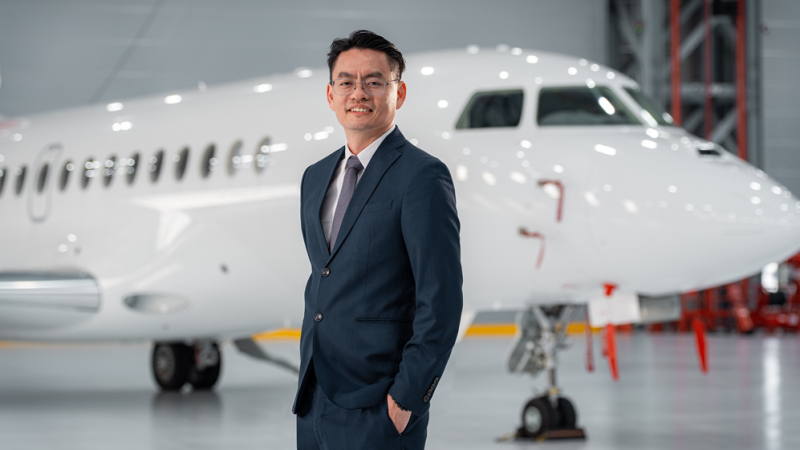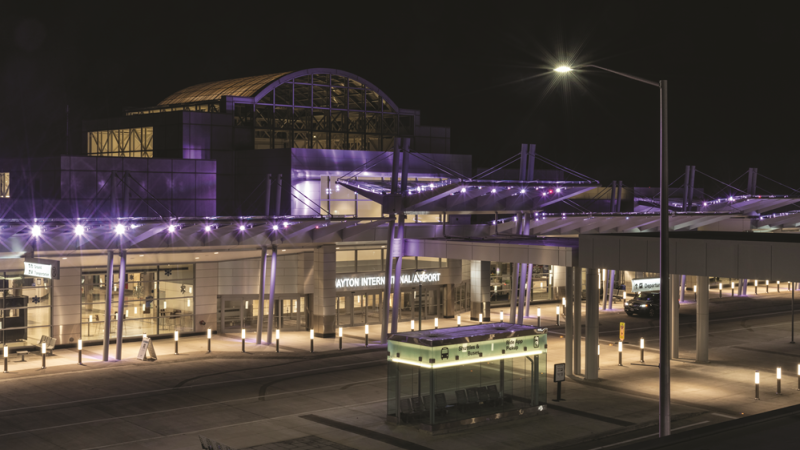Named after Tanzania’s first president, Julius Nyerere International Airport (JNIA) is the largest and busiest international airport in Tanzania, located in Dar es Salaam, the largest and fast-growing city in Tanzania.
The airport is one of the 59 government-owned airports and airstrips, operated, developed, and managed by the Tanzania Airports Authority (TAA). “JNIA currently employs some 1,000 staff directly across its various functions and departments,” says Airport Director Rehema Myeya, adding that over the last few years, the airport has undergone extensive modernisation and expansion to handle increasing traffic volumes.
She explains that JNIA is one of the oldest international airports; it started to operate in 1954, with a capacity of 500,000 passengers per year at its Terminal 1. In 1984, Terminal 2 was opened, adding infrastructure and facilities with the capacity of 1,500,000 passengers and 30,000 tonnes of cargo annually.
The biggest expansion so far begun in 2014 with the construction of a state-of-the-art Terminal 3, designed to raise passenger capacity from 2.5 million to 9 million annually, and completed in 2019. That was also the time when Rehema, a professional civil engineer and accredited international airport professional, got involved in JNIA, first within the Terminal construction project, and gradually moving up all the way to the position of Airport Director.
 Unique position
Unique position
Rehema reflects that the airport business itself is demand-driven, hence the continued capacity expansion. “As we are speaking, JNIA is now handling almost 1.4 million international passengers, in addition to 1.4 million domestic passengers, on both scheduled flights and private charters.”
Julius Nyerere International Airport is a hub for Air Tanzania, the national carrier, and the growth of Air Tanzania since its restructuring in 2016 has boosted the airport. The range of destinations has expanded and now includes cities in Europe, Africa, Asia, and the Middle East.
“JNIA’s role for the region’s development is undeniable. Unlike the other two popular airports of Zanzibar and Mount Kilimanjaro, where 90% of passengers are tourists, we cater for a mix of businessmen, corporate clients, and investors, as well as tourists. Given its unique position, JNIA also provides excellent access to those destinations, as well as to the national parks, the northern highlands and other popular attractions.”
“We are also a very competitive airport with the cheapest A1 jet fuel, and most of the airlines prefer to stop here to refuel,” she continues, adding that the airport also serves as an alternative aerodrome for many island airports, including Nairobi in neighbouring Kenya.
Rehema admits that the continued expansion presents a certain challenge in terms of human resources. “Aviation is a specialized sector that requires trained personnel. Aviation skills outside the airport are scarce, so for us training is key. Last year, over 1 billion shillings (over $370,000) was spent on training – mandatory, professional as well as benchmarking.”
“With the current Director General Mr Mussa Mbura, we have seen a seamless transformation journey across all areas of the airport, especially in prioritizing human capital to improve operations, information technology, ICT and development projects.”
Seamless experience
The new Terminal 3 has been designed for the anticipated growth of international air traffic, leaving the existing international Terminal 2 to cater for domestic flights. “Julius Nyerere International Airport is now one of the most modern airports in East Africa. Parking, shops, bars, and air-conditioned halls allow passengers to wait for their flight in the best conditions. With a flight punctuality greater than 90%, the airport guarantees a seamless air travel experience,” affirms Rehema.
“Everybody loves Terminal 3. It has a very simple, clear design and employs the latest technology to make our passengers’ experience as enjoyable as possible, and their moving through the airport as easy as possible.”
“We have digitised security systems and installed modern self-check-in counters and e-passport gates so that movement is fast and efficient. We are one of the very few airports in Africa to have installed intelligently designed, high-speed baggage handling systems (BHS) to improve overall service for airlines and their passengers.”
She points out that Terminal 3 was also designed with every aspect of sustainability taken into consideration. It has a skylight roof, so no lighting is needed during the day, and only switches on automatically at certain times when darkness falls.
Waste is segregated to be incinerated at site and water treatment ponds have been installed with a water screening system in place. “On the airside, we encourage aircraft to switch off their engines when parked and to plug into ground power units to reduce emissions, and only to switch their engines back on when taxiing.”
 Rising to new heights
Rising to new heights
Under Rehema’s management, the airport is adding new airlines and achieving international recognition for its outstanding performance. Since the end of the pandemic, Saudia Airlines and Air France have started new routes to JNIA, followed by Zambia Airways in June 2024; South Africa Airlines are expected to join in October.
The airport has also recently scored excellent results in an ICAO security audit, becoming No 4 in Africa, and has been recognized as CIEV Fresh Certified in cargo handling. To further improve passenger comfort, the airport supports intermodal transport development linking the airport to the city as well as other parts of the country.
Further expansion is planned, with the major upcoming project being the renovation of Terminal 2. “We have started with the preliminary design and are in discussions with the stakeholders to finalise the financial arrangements. The plan is to turn Terminal 2 into a modern national hub for Air Tanzania, ready to handle bigger volumes of traffic of up to 3.5 million passengers.”
“Our thanks go to the exemplary leadership of Her Excellency Dr Samia Suluhu Hassan for the financial support we receive to execute strategic projects to enhance connectivity across the country and regional.
She says that the management is also focused on increasing non-aeronautic revenue streams. In 2022, the Tanzania Airports Authority announced its plans to develop a four-star hotel and commercial complex at Julius Nyerere International Airport and the procurement process has now started through a public-private partnership.
Apparently, there are busy times ahead. Rehema agrees: “We have several major projects to go ahead in the near future and more is to come. We have space for hangars, for a private jet terminal and further facility modernisation.” Overall, the development of JNIA reflects the economic development of the country, which is set to continue to rise to new heights.







